Ceramic hair straighteners help you get smooth, shiny hair at home or in the salon with less damage. They use even heat and a slick glide to style fast and safe. You can use them on fine, medium, thick, curly, or damaged hair. Learn how they work, which settings to pick, and what features to buy so your style lasts from morning to night.
What makes ceramic plates different
Ceramic plates warm evenly across the surface, so every strand gets the same heat. This prevents hot spots that can scorch hair. The glide is smooth, which lowers snagging and breakage during each pass.
Ceramic plates spread heat evenly across your hair, which is the key to fewer passes and less damage. Many modern ceramic tools also use ionic support to reduce static and smooth the cuticle. The result is less frizz and a shinier finish.
Heat from ceramic can be controlled with precise thermostats. That means you can set a safe temperature for your hair type and keep it steady while you style. When heat stays stable, your results are more consistent from root to tip.
Ceramic vs titanium vs tourmaline explained
Each plate material has strengths. Titanium gets hot very fast and holds heat well, which helps on very coarse hair. Tourmaline can add extra ionic benefits for a glossy look. Ceramic offers the most forgiving and even heat for daily use on most hair types.
| Material | Heat behavior | Best for | Main benefit | Watch out for |
|---|---|---|---|---|
| Ceramic | Even, steady heat | Fine to thick, daily use | Lower risk of hot spots | Plates should be true ceramic, not thin coated only |
| Titanium | Very fast heat up | Coarse, very curly, hard to straighten | Strong performance at higher temps | Can be too intense on fine or fragile hair |
| Tourmaline ceramic | Even heat plus ionic help | Frizz prone, humidity exposed | Extra shine and smoothness | Often higher price than basic ceramic |
Match the tool to your hair type and tolerance for heat, not just to trends. If your hair is fine or damaged, start with ceramic. If your hair is very coarse and healthy, you may prefer titanium at careful settings.
Heat settings for every hair type
Picking the right temperature matters more than the number of passes. Hair starts to lose moisture at around 100 C, and high heat above 200 C raises the risk of dry, brittle ends. Many stylists keep tools between 160 and 185 C for daily styling to protect the cuticle.
- Use the lowest temperature that gives you a smooth pass.
- Increase in small steps if sections still look wavy.
- Slow your pass before you raise the heat again.
| Hair type | Suggested Celsius | Suggested Fahrenheit | Notes |
|---|---|---|---|
| Fine or fragile | 120 to 150 C | 250 to 300 F | One slow pass per section |
| Normal or medium | 150 to 175 C | 300 to 350 F | Two passes max on stubborn spots |
| Thick or coarse | 175 to 200 C | 350 to 390 F | Work in smaller sections for best results |
| Damaged or color treated | 110 to 140 C | 230 to 285 F | Use heat protectant and fewer passes |
A good ceramic straightener at the right temperature beats a hotter tool used the wrong way. Adjust based on how your hair feels and looks as you go.
How to use a ceramic straightener the right way
Prep clean, fully dry hair. A light heat protectant spray lowers moisture loss and improves slip. Detangle well so the plates can glide without snagging.
- Always start on the lowest heat that works for your hair.
- Work in small, even sections, about the width of the plates.
- Clamp gently and move at a steady pace from root to tip.
If a section needs more, let it cool for a few seconds before a second pass. Keep plates parallel and avoid twisting mid pass to prevent lines. For curved ends, roll your wrist slightly at the tips for a soft bend.
Finish with a small amount of serum on the mids and ends. This seals the look and fights humidity. If you plan to curl with your straightener, use a lower heat and smaller sections for bounce without crisp ends.
Benefits you can see and feel
Ceramic tools give a smooth finish with fewer passes, which means less time under heat. The even plate surface lowers friction so strands keep their strength and shine. Most people notice less frizz and a softer touch after the first use.
Even heat, fewer hot spots, and a gentle glide reduce breakage over time. Styles tend to last longer through the day because the cuticle lies flatter. In humid weather, a ceramic plus ionic combo helps hair resist puffing.
With the right prep and settings, many users can keep a sleek look for most of the day with only light touch ups. This is especially true if you finish with a cool pass or an anti humidity spray.
Safety and care for long life
Clean plates work better and need fewer passes. Product build up can stick to the surface and cause tugging. Wipe the plates when cool with a soft cloth slightly dampened with water.
- Unplug and let the tool cool before cleaning or storing.
- Avoid wrapping the cord tight to prevent wire stress.
- Store in a heat resistant pouch in a dry place.
Routine care keeps heat even and glide smooth, which protects your hair and your tool. Check for chips or deep scratches on plates, as rough spots can snag hair. Replace a damaged tool rather than risk breakage.
Use the auto shut off feature when possible. Give the tool space on a hard, heat safe surface while it cools to protect counters and cords.
Buying tips and features that matter
The best ceramic straightener for you depends on hair type, length, and how often you style. Look for high quality ceramic plates, not thin ceramic coating alone. Floating plates help keep even contact as you move.
- Adjustable digital temperature with clear readout for accuracy.
- Auto shut off and a swivel cord for safety and ease.
- Dual voltage if you travel so you can use it worldwide.
A tool that holds a steady temperature will give better results than a hotter one that swings up and down. For short hair, narrow plates offer more control near the roots. For long or thick hair, wider plates speed up your routine.
If frizz is your main issue, consider a ceramic model with ionic support. If your hair is very coarse, you may want a ceramic or tourmaline ceramic with a higher top temperature but still start low.
FAQ
Are ceramic hair straighteners better for hair health than metal plates
Yes, ceramic plates heat evenly, which lowers the risk of hot spots that can burn hair. The smooth surface also reduces friction, so you need fewer passes.
What is the best temperature for fine or damaged hair
Stay low, around 120 to 150 C or 250 to 300 F. Start at the bottom of that range and increase only if your hair does not smooth in one slow pass.
Can ceramic straighteners work on thick or curly hair
They can, especially with the right prep and section size. Use 175 to 200 C and work in smaller sections to get an even, sleek finish.
How do I make my straight style last longer in humidity
Blow dry fully, use heat protectant, and finish with a light serum or anti humidity spray. A final cool pass helps set the cuticle flat.
What features should I look for when buying a ceramic straightener
Choose true ceramic plates, adjustable digital heat, auto shut off, and a swivel cord. Floating plates and dual voltage are helpful upgrades.
How often should I clean the plates on my straightener
Wipe them after every few uses or whenever you see build up. Clean plates glide better, need fewer passes, and keep heat even across the surface.

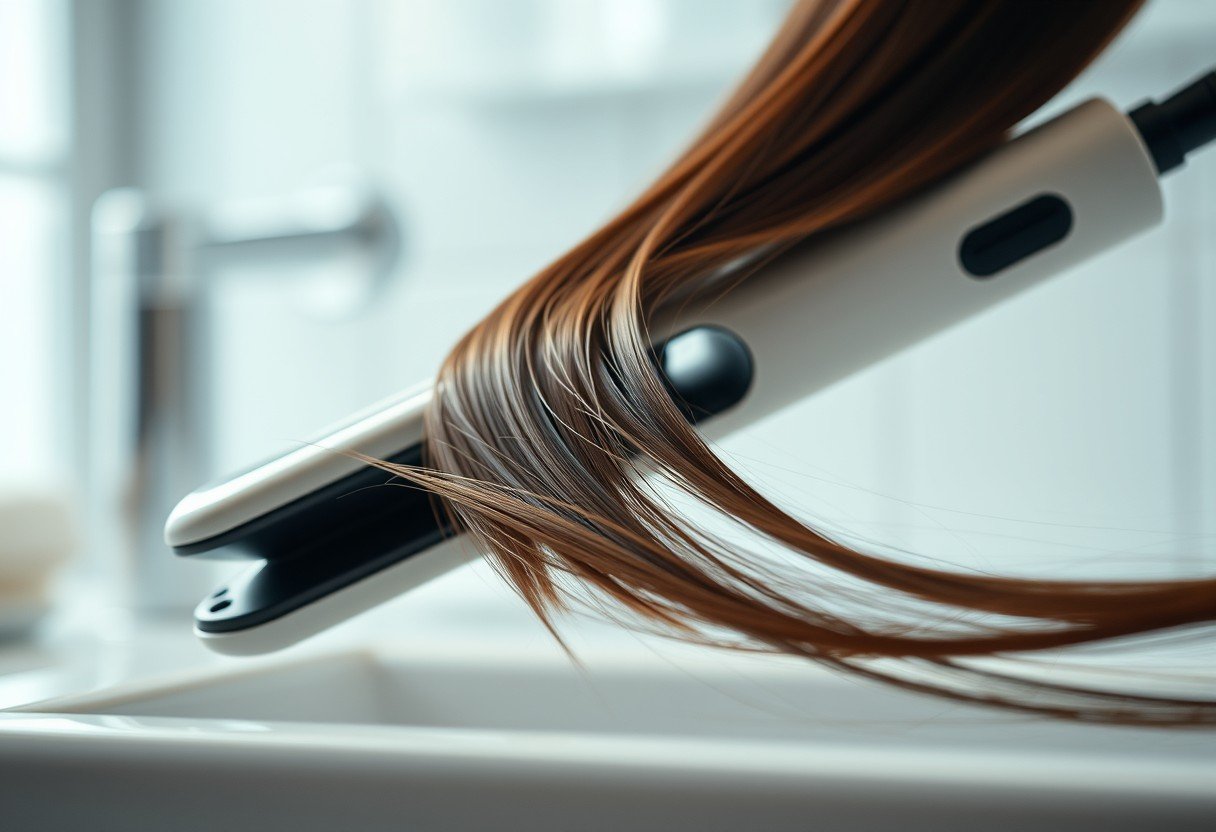

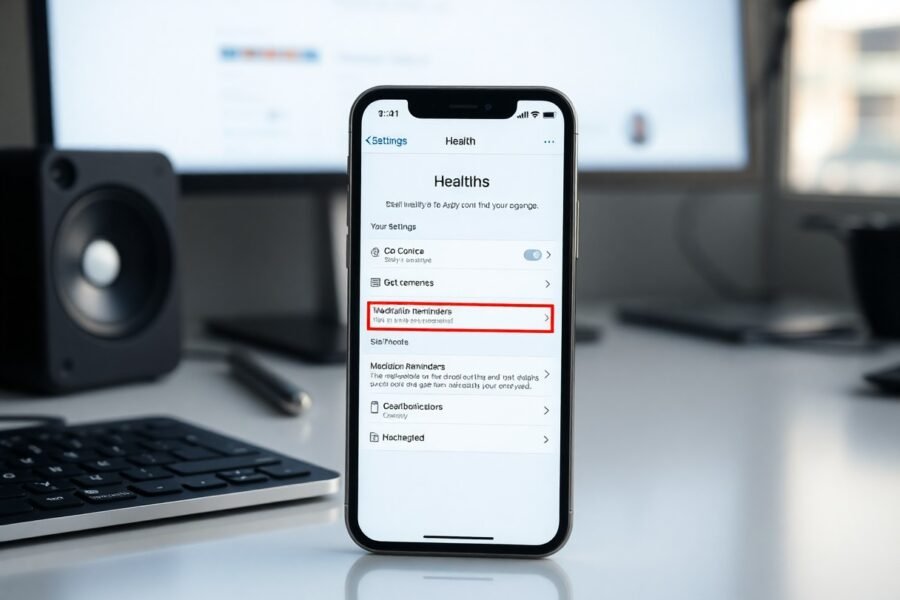
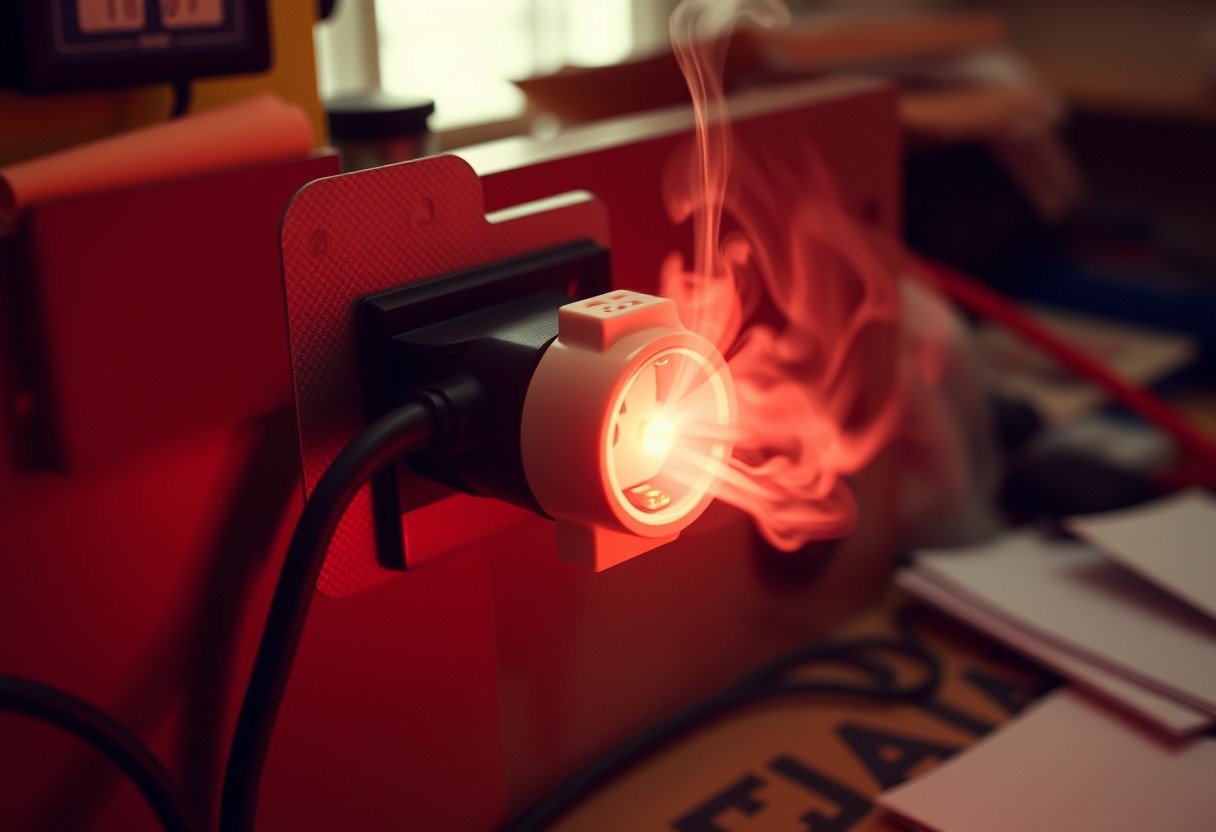

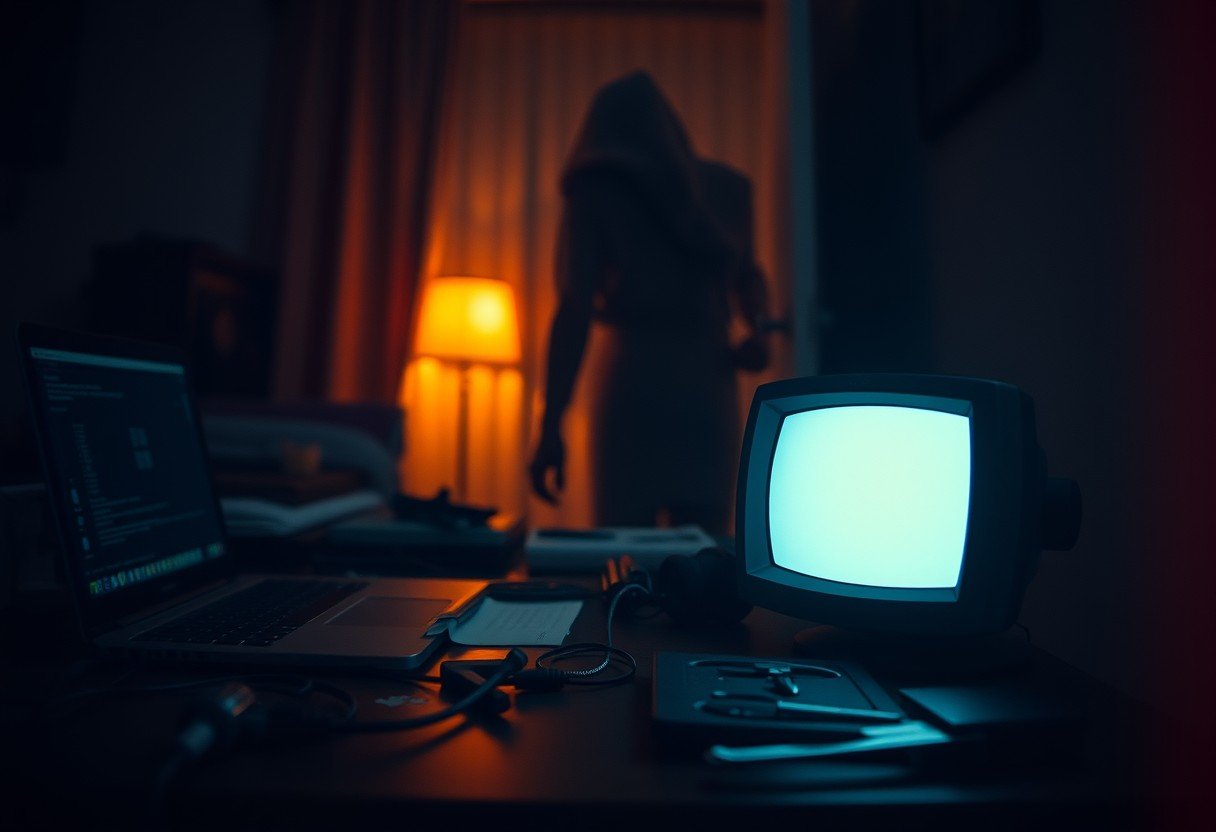
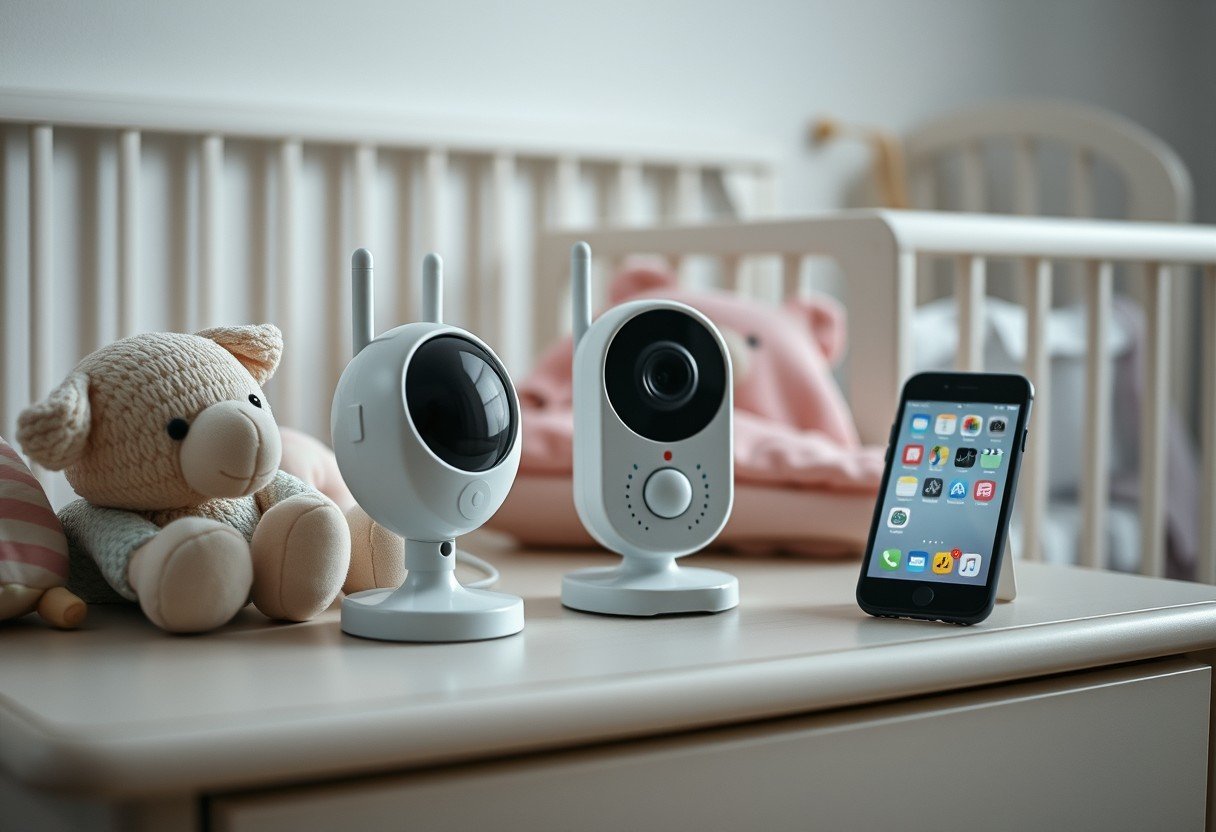
Leave a Comment